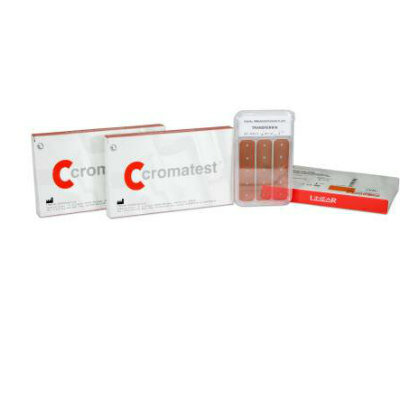Vitamin D Deficiency Predicts Poor Prognosis for IgA Nephropathy
By LabMedica International staff writers
Posted on 15 Nov 2016
Immunoglobulin A (IgA) nephropathy (IgAN), also known as Berger’s disease is the most common form of glomerulonephritis worldwide, especially in Asia, and represents one of the main causes of the end-stage renal diseases (ESRD).Posted on 15 Nov 2016
Male gender, early-onset, absence of macroscopic hematuria, persistent microscopic hematuria, hypertension, proteinuria, presence of renal dysfunction at the time of diagnosis, and certain histological features of renal lesions have been identified as important risk factors for its progression.
Scientists working in a renal unit recruited a total of 105 patients with newly diagnosed, biopsy-proven primary IgAN from the First Affiliated Hospital of Guangxi Medical University (Nanning, China) between 2012 and 2015. IgAN was diagnosed with mesangial depositions of IgA under immunofluorescence microscope and with electron-dense mesangial deposits under electron microscope. Blood samples were collected before the kidney biopsy.
All kidney tissue specimens were obtained by percutaneous kidney biopsy, and examined using light microscope, immunofluorescent, and electron microscope. All histological slides were evaluated by an experienced renal pathologist. Serum 25-hydroxy-vitamin D (25(OH)D) was measured using electrochemiluminescent immunoassay (ECLIA) with an Elecsys 10100/201 system (Roche Diagnostics, Risch-Rotkreuz, Switzerland). All measurements were performed in a blind manner and in duplicate. Vitamin D deficiency is defined as 25-hydroxy-vitamin D of less than 15 ng/mL.
The investigators reported that 101 patients (96.2 %) had 25 (OH) vitamin D levels less than 30 ng/mL, and 51 patients (48.6.5 %) had 25 (OH) vitamin D less than 15 ng/mL, which are the thresholds for 25 (OH) vitamin D insufficiency and deficiency, respectively. They also showed that compared with those showing a higher 25(OH)D level, those with a 25(OH)D deficiency were significantly associated with a lower estimated Glomerular Filtration Rate (eGFR) and a higher proteinuria level. The risk for reaching the primary endpoint was significantly higher in the patients with a 25(OH)D deficiency compared to those with a higher level of 25(OH)D. The association between the plasma 25(OH)D level at the time of initial diagnosis and the severity of histologic lesions, and found that the plasma 25(OH)D level was associated with the percentage of interstitial fibrosis/tubular atrophy.
The authors concluded that 25(OH)D deficiency is significantly correlated with a poorer renal function and more severe renal pathological features, and is strongly associated with increased risk of renal progression in IgAN patients, making a 25(OH)D deficiency a good prognostic marker to predict the severity and clinical outcome in IgAN patients. The study was published on November 2, 2016, in the journal BMC Nephrology.
Related Links:
First Affiliated Hospital of Guangxi Medical University
Roche Diagnostics













